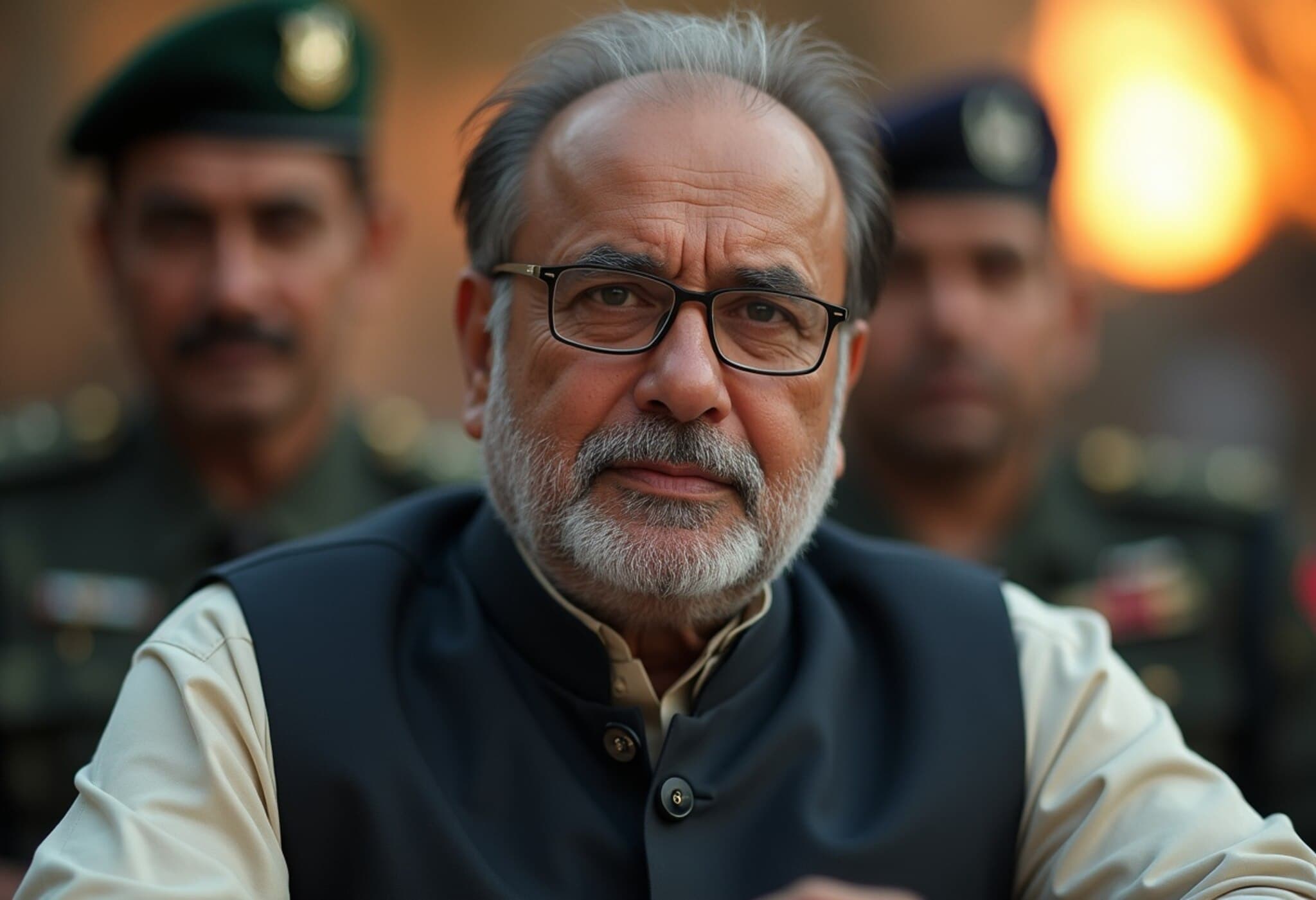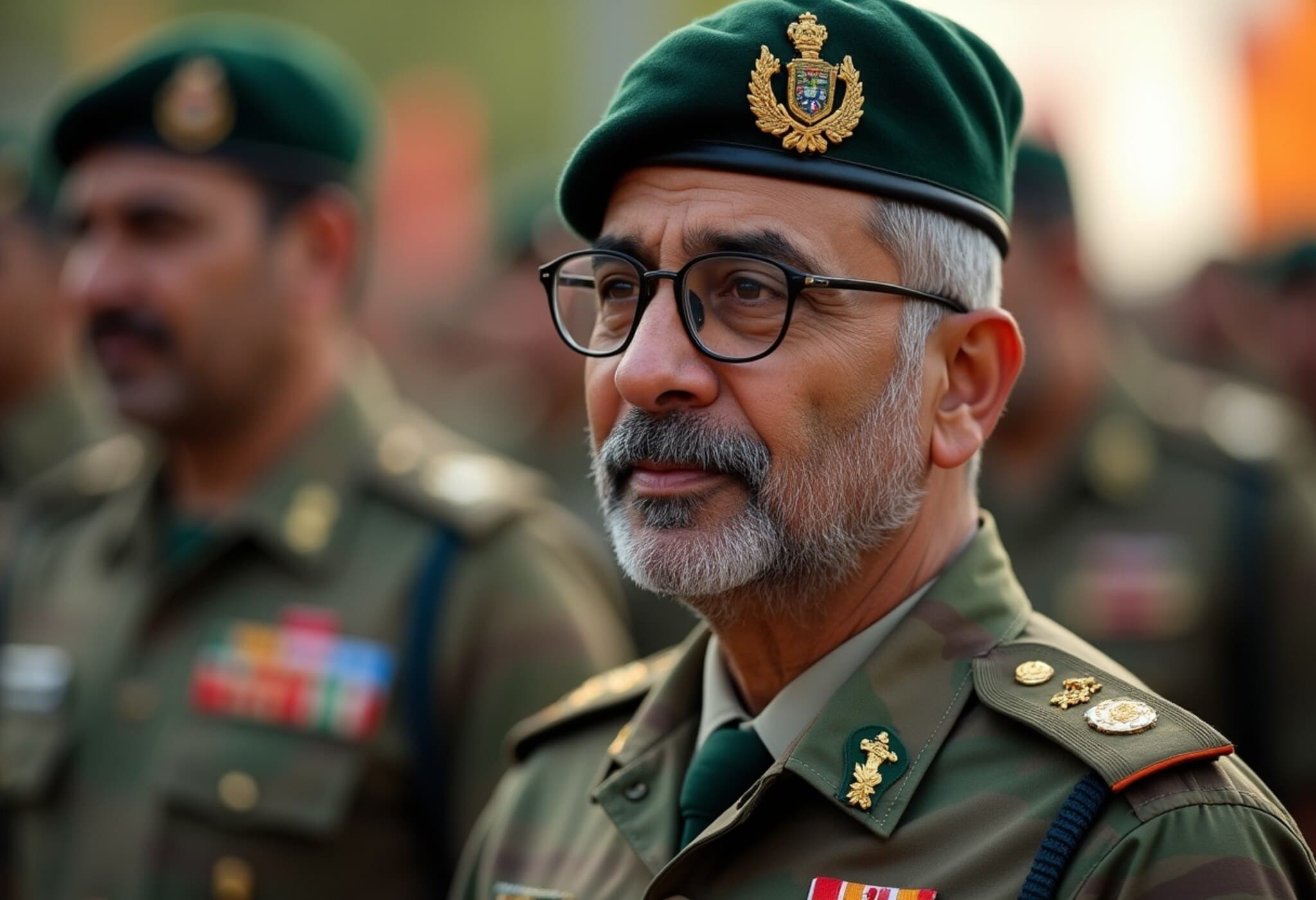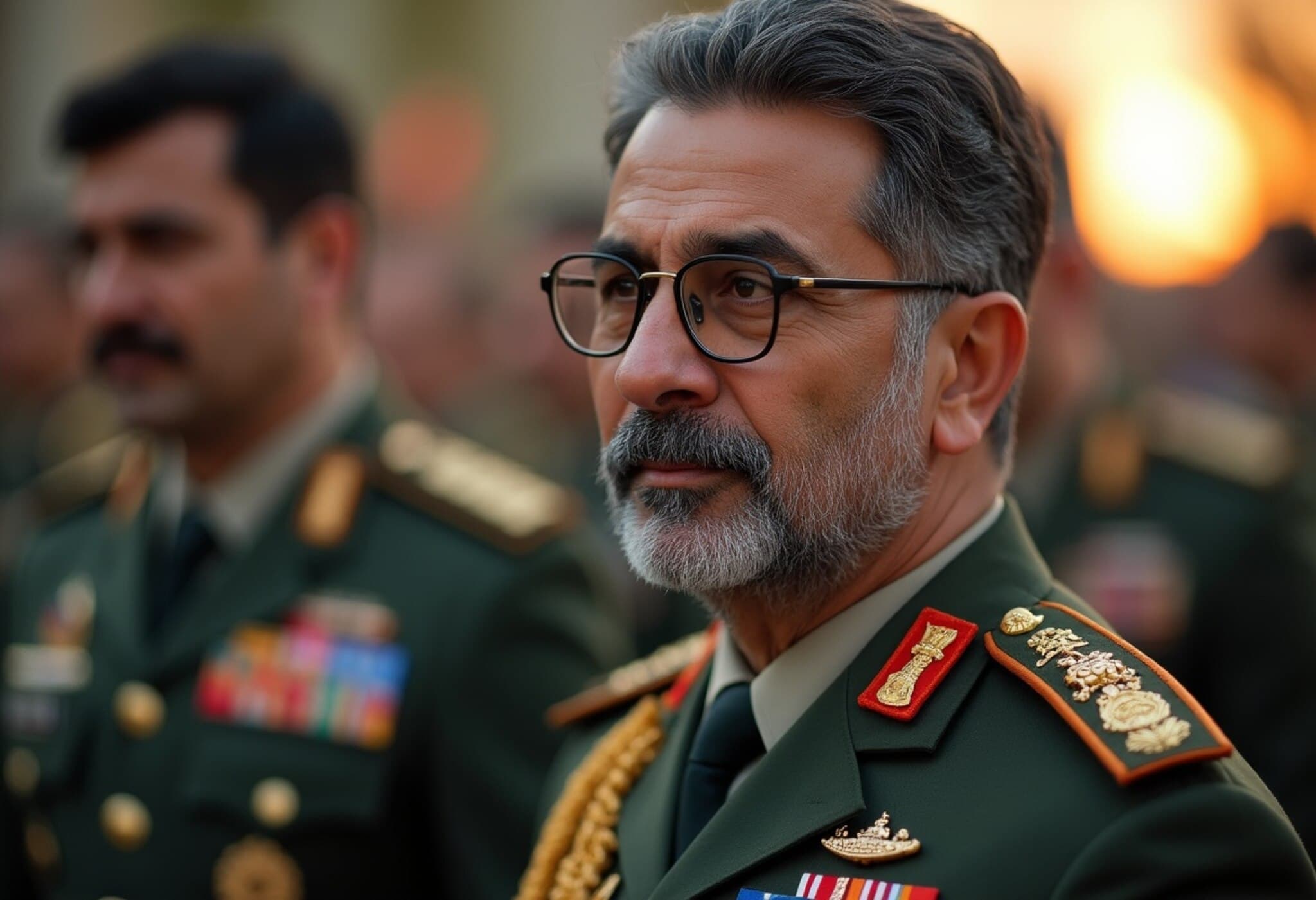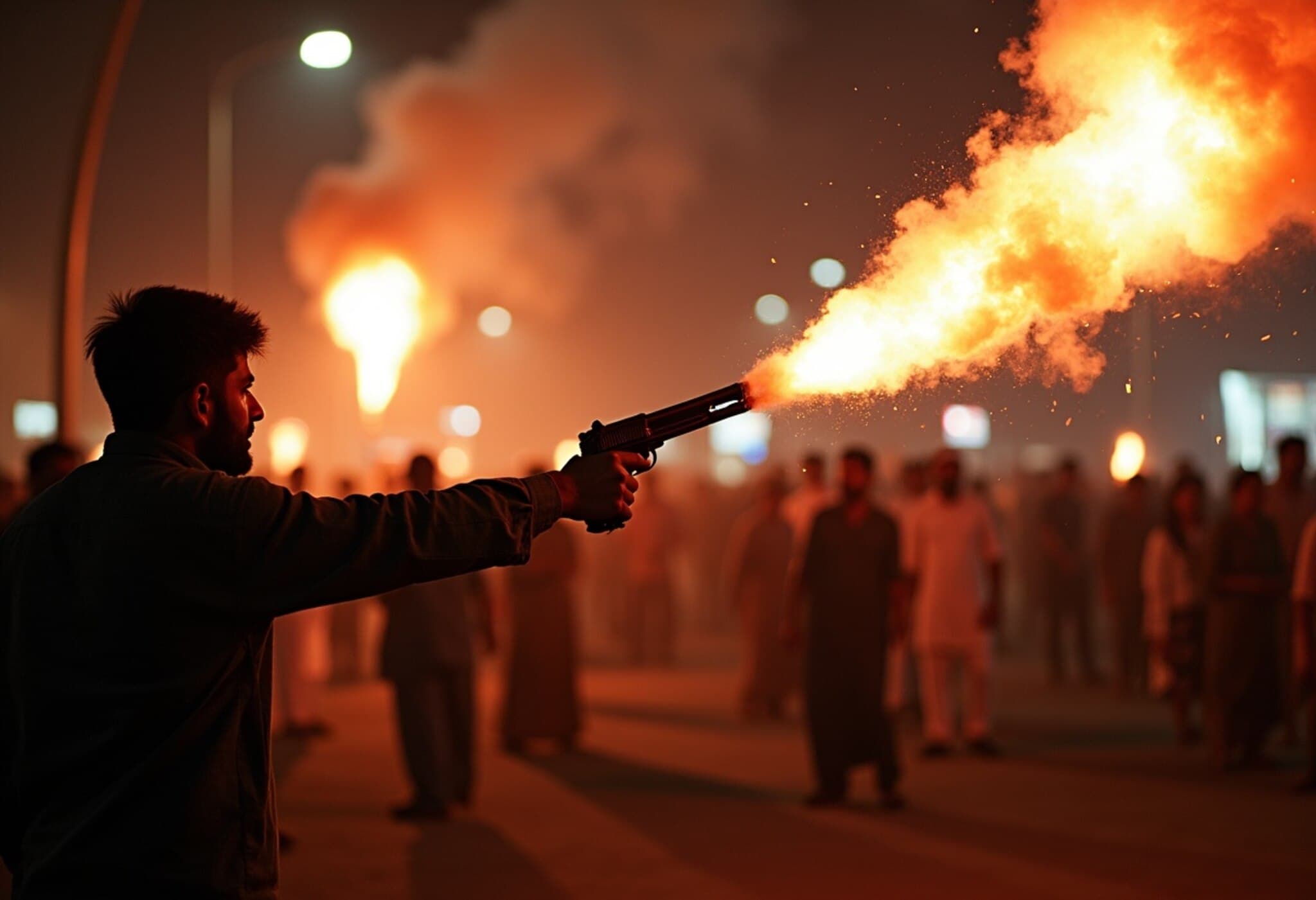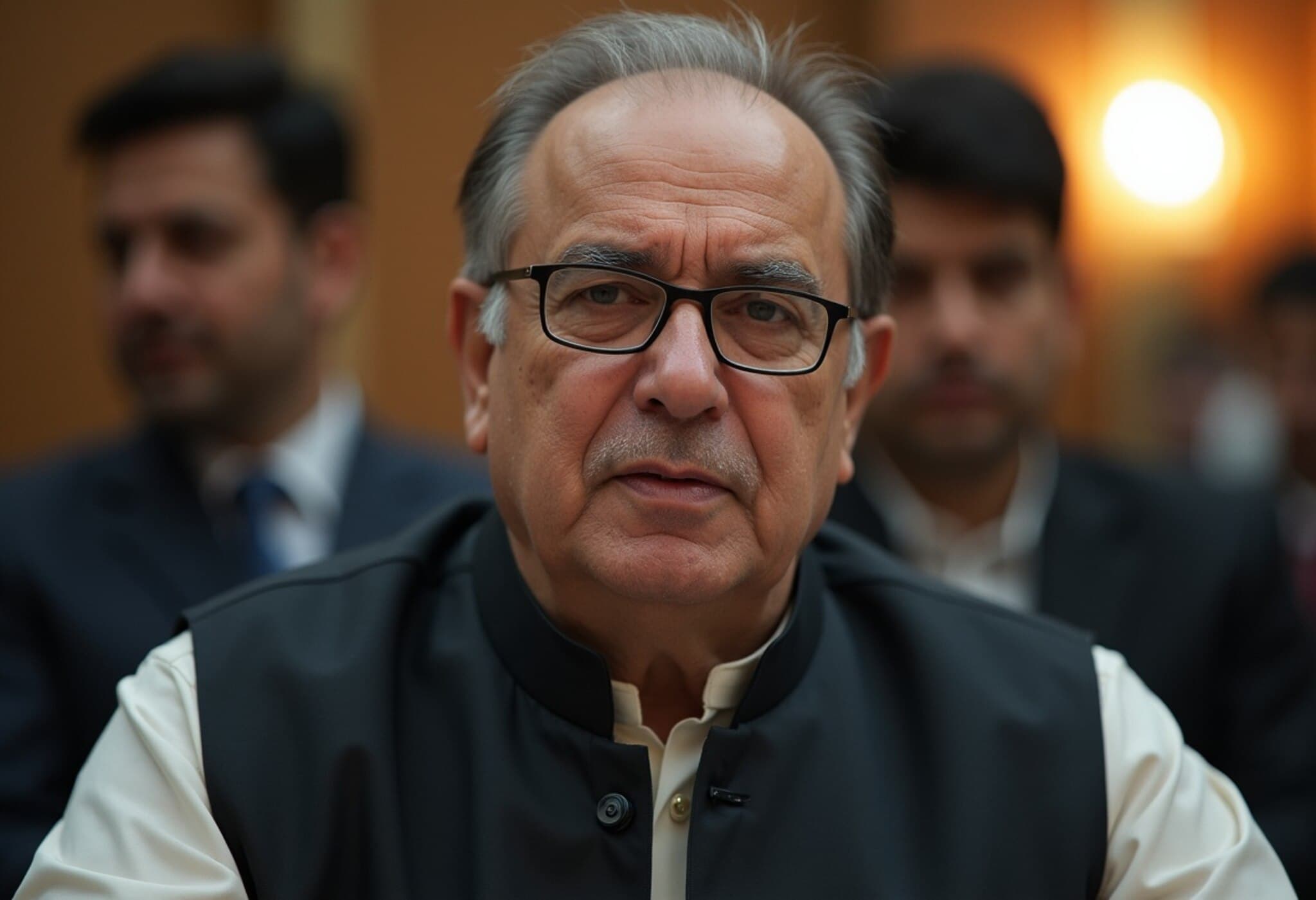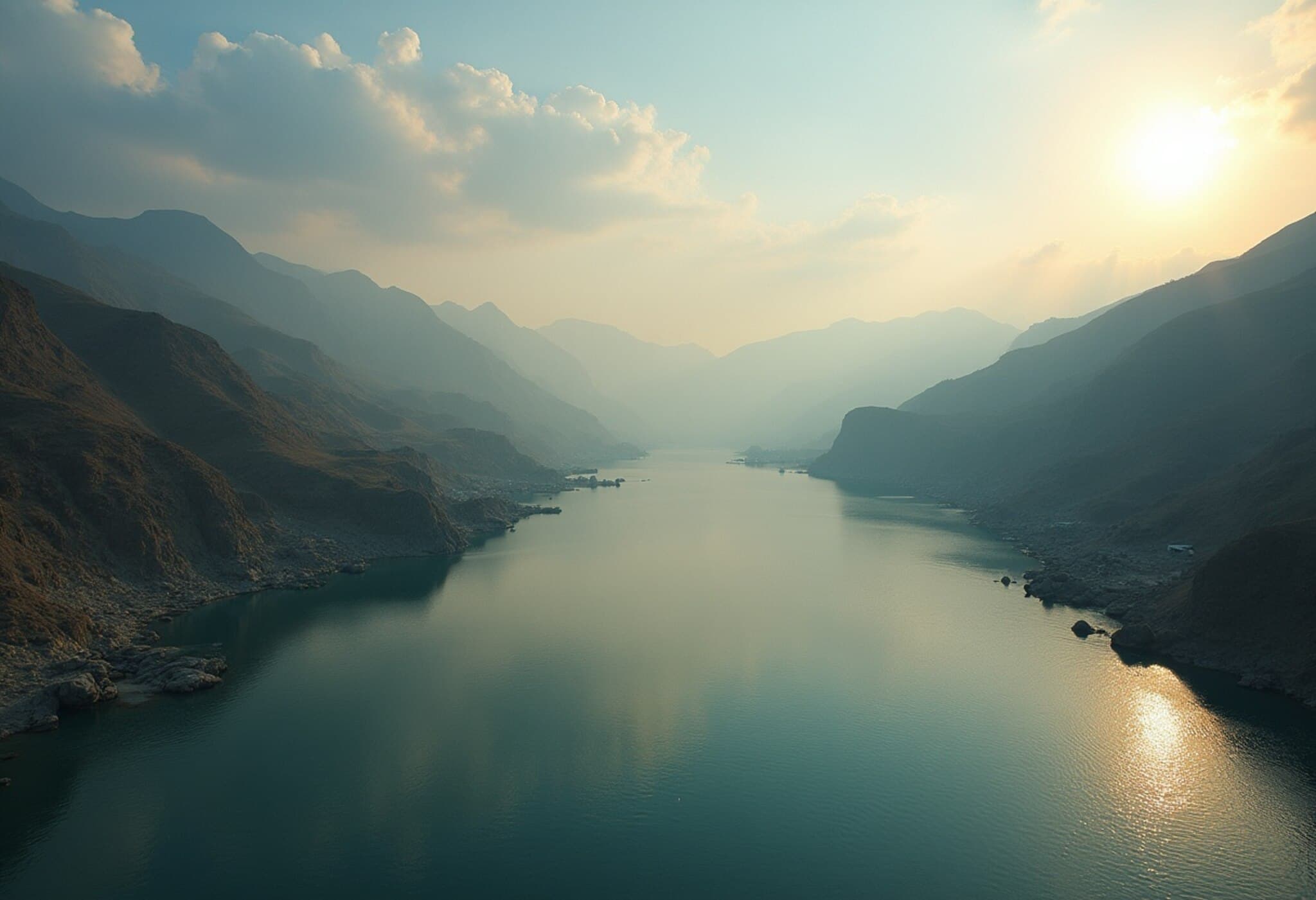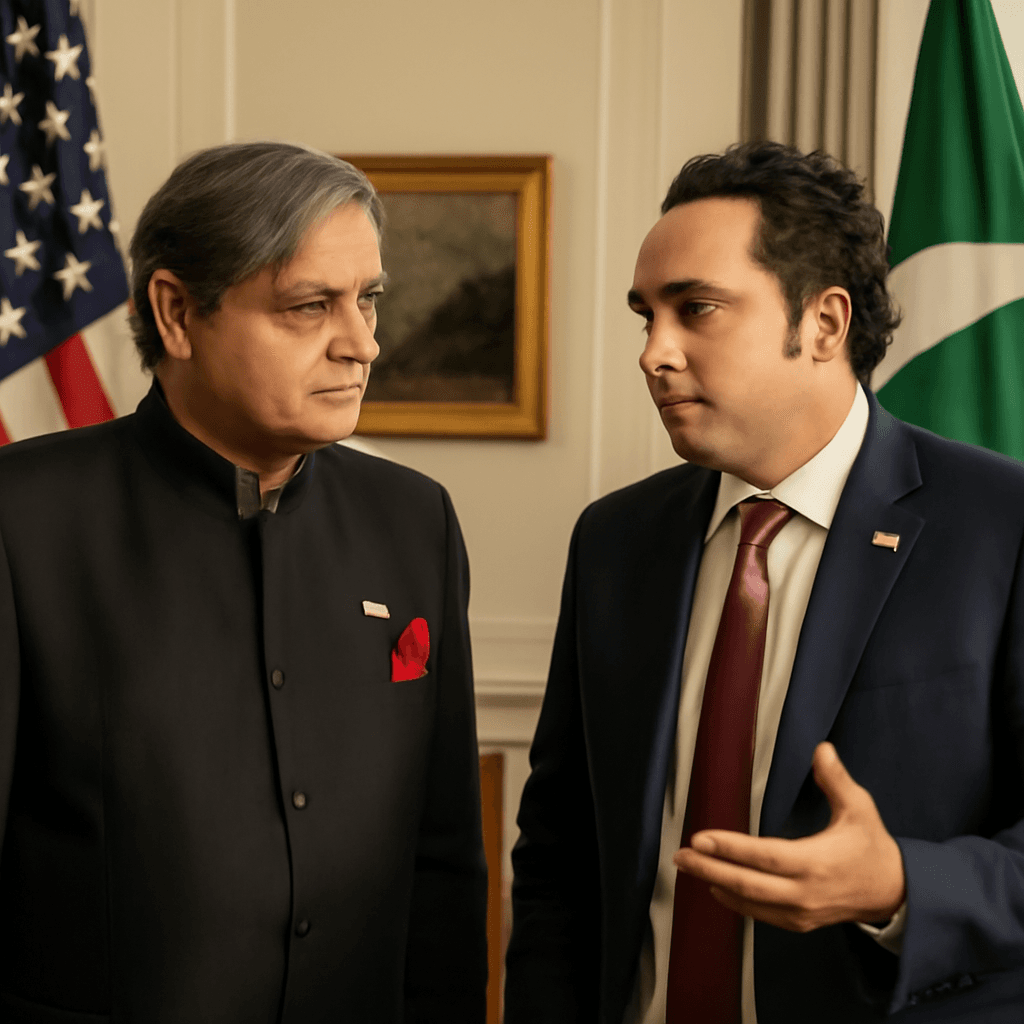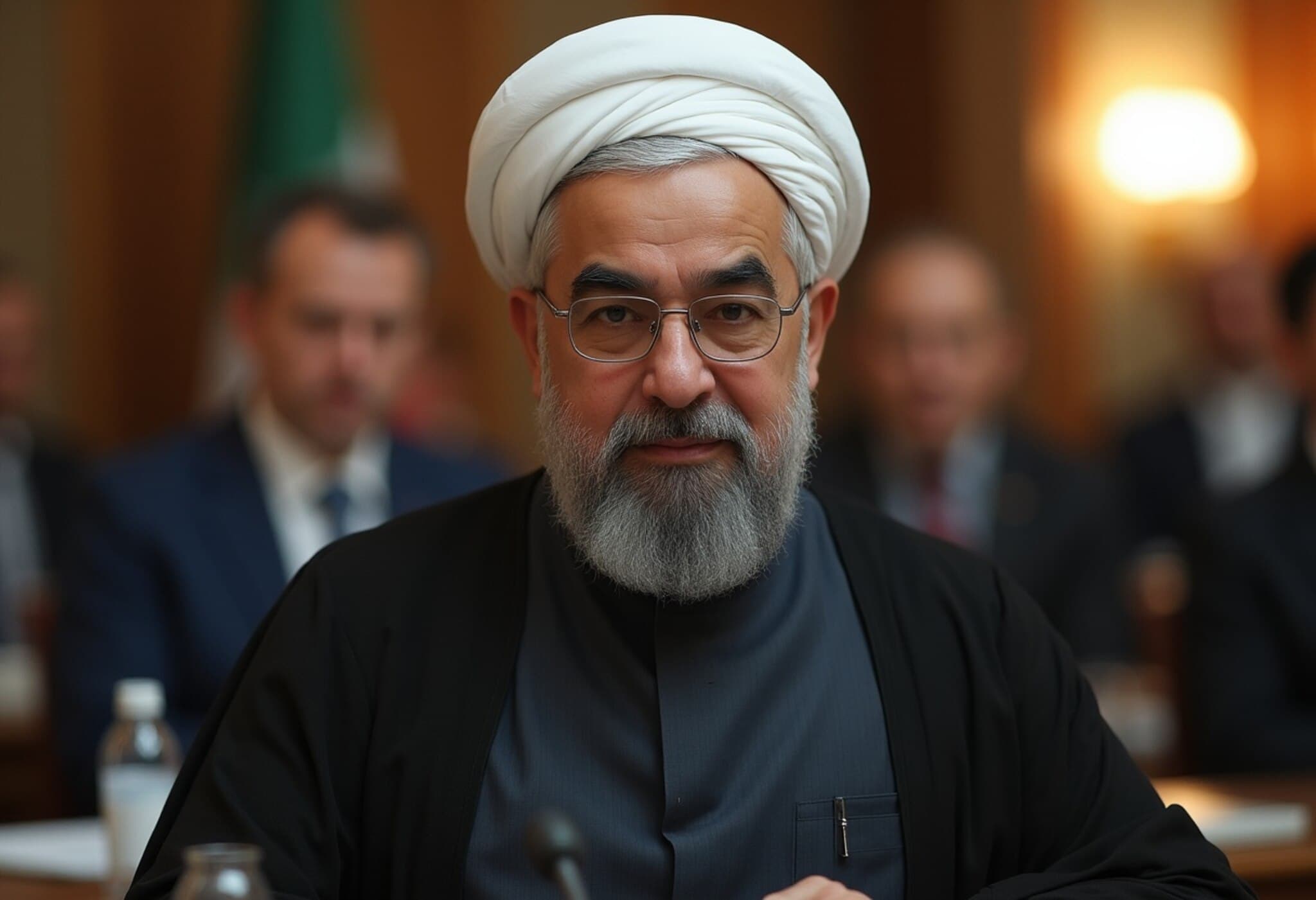Pakistan’s PM Shehbaz Sharif Reaffirms Nuclear Policy as Defensive Amid Rising Tensions with India
In a critical moment of heightened strain between neighboring nuclear-armed rivals India and Pakistan, Prime Minister Shehbaz Sharif has firmly denied any intention to escalate conflicts to the nuclear level. Speaking on July 12, 2025, Sharif emphasized that Pakistan’s nuclear arsenal exists solely for peaceful purposes and national self-defence, challenging narratives suggesting Pakistan would use nuclear weapons aggressively amid recent border confrontations.
Defusing Nuclear Fears Amid Growing Diplomatic Strains
Over recent months, the atmosphere between India and Pakistan has been charged with accusations and military posturing. A series of statements from Pakistani officials were widely interpreted in India and international circles as veiled nuclear threats, warning of a “full spectrum” response combining conventional and nuclear options. However, Sharif’s statements seek to clarify that Pakistan’s nuclear doctrine remains defensive.
"Pakistan’s nuclear programme is not for aggression," Sharif asserted, dispelling fears of escalation amidst India’s ongoing Operation Sindoor – a military campaign launched in the wake of the tragic April 22 Pahalgam terror attack claiming 26 civilian lives. Operation Sindoor targeted several terror camps across Pakistan and Pakistan-occupied Kashmir, marking a significant step in India’s counterterrorism strategy.
Indus Waters Treaty Suspension Adds Fuel to the Fire
Exacerbating tensions, India recently announced the suspension of the Indus Waters Treaty, a decades-old pact that governs water-sharing between the two countries. This move was met with sharp Pakistani criticism. Islamabad threatened to respond with "full force across the complete spectrum of national power," language many analysts view as a diplomatic escalation with implicit nuclear undertones.
Experts argue that water resource control is a critical and underreported dimension of Indo-Pakistani rivalry. The Indus river system sustains millions on both sides, and disturbances risk amplifying humanitarian crises beyond traditional security concerns. The suspension signals a concerning erosion of bilateral mechanisms designed to maintain peace, thereby feeding into wider distrust.
Contextualizing the Pakistan-India Nuclear Dynamic
Pakistan and India’s nuclear relationship is one of the most delicate in global geopolitics – a high-stakes balance on a knife’s edge. Both nations possess second-strike capabilities designed to deter first use, but heightened rhetoric during crises invariably raises alarm worldwide. While Sharif’s reassurances are a welcome attempt to stabilize perceptions, military analysts warn that the ongoing military operations and treaty suspensions compound risks of miscalculation.
From an American policy lens, these developments are critical. The US has long championed non-proliferation and peace initiatives in South Asia, recognizing that instability here can reverberate globally, affecting counterterrorism cooperation and broader regional security.
Looking Ahead: Questions and Challenges
- Will the suspension of the Indus Waters Treaty lead to renewed diplomatic talks, or deepen mistrust?
- Can Pakistan’s nuclear doctrine maintain credibility as solely defensive amid rising conventional conflict?
- What role can international actors play to defuse tensions without exacerbating nationalist sentiments on either side?
Ultimately, the India-Pakistan relationship remains one where peace is fragile, and rhetoric can sometimes outpace reality. Yet, as PM Sharif underscores, the hope is that nuclear weapons remain a deterrent and not a tool for escalation.
Editor’s Note
This unfolding chapter in India-Pakistan relations highlights the complex interplay between military actions, diplomatic treaties, and nuclear posturing. While Pakistan’s Prime Minister Shehbaz Sharif’s statements strive to calm fears of nuclear escalation, the suspension of the Indus Waters Treaty introduces new risks that merit close international attention. Readers should consider how resource disputes entwine with security dilemmas and ask: in a world increasingly shaped by multifaceted threats, can long-standing rivalries find pathways towards stability?

